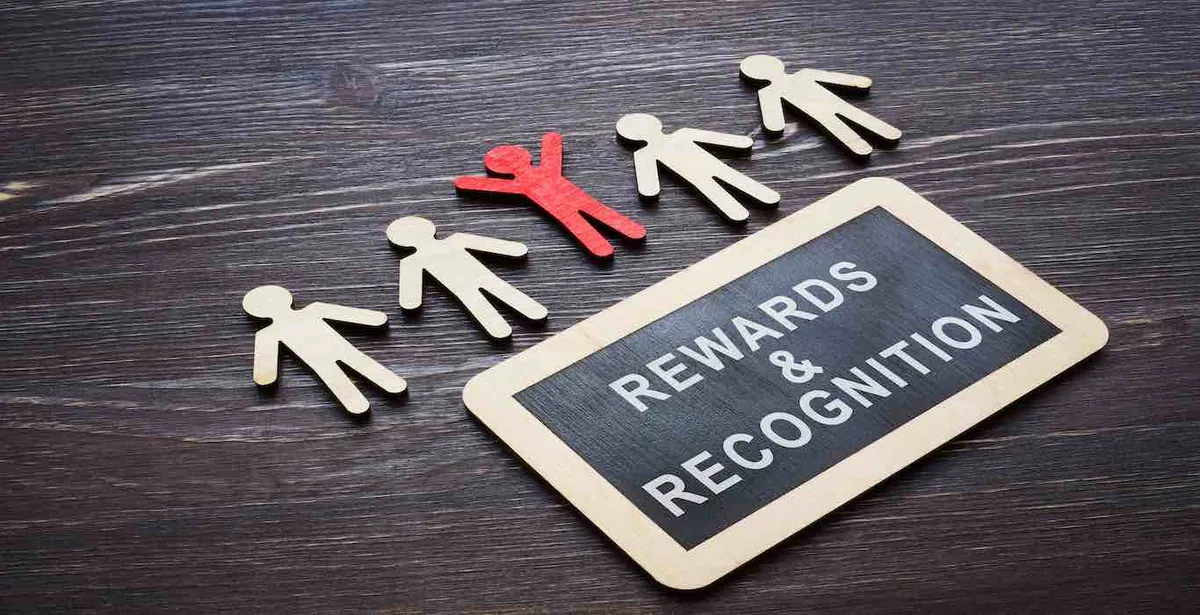One of the most effective strategies for achieving this is through a well-designed employee rewards and recognition program. When employees feel valued and appreciated, they are more likely to stay committed to their work and the organization, leading to higher productivity, lower turnover, and overall business success. In this guest post, we will explore the significance of employee rewards and recognition, the various types of programs available, and how organizations can strategically implement them to foster a positive work environment.
The Importance of Employee Rewards and Recognition
Employee rewards and recognition are not just nice to have perks they are essential components of a successful HR strategy. Research shows that employees who feel recognized and rewarded are more engaged, motivated, and loyal to their employer. The benefits of having a robust rewards and recognition program include:
- Improved Retention Rates: Employees who feel appreciated are less likely to leave the organization. Recognition and rewards reduce turnover, saving the organization the cost and disruption of recruiting and training new employees.
- Boosted Morale: A culture of recognition creates a positive work environment where employees feel valued and supported. This increases team morale and encourages collaboration and cooperation.
- Enhanced Performance: Rewarding high performance incentivizes employees to continue delivering excellent results. This not only drives individual performance but also positively impacts overall business outcomes.
- Alignment with Organizational Goals: A well-structured rewards and recognition program ensures that employees’ efforts are aligned with the organization’s strategic objectives, driving the company toward its goals.
Types of Employee Rewards and Recognition Programs
There are several ways organizations can recognise and reward employees. These programs can be tailored to suit the specific needs and culture of the organization.
Monetary Rewards
Monetary rewards are financial incentives given to employees in recognition of their performance. These rewards can include bonuses, salary raises, profit-sharing plans, and performance-based incentives. While monetary rewards are highly effective, they should be balanced with non-monetary recognition to provide holistic appreciation.
- Bonuses: Providing bonuses tied to performance or achieving specific goals helps motivate employees to meet or exceed expectations.
- Profit Sharing: Sharing a portion of the company’s profits with employees gives them a sense of ownership and encourages them to contribute to the organization’s success.
Non-Monetary Recognition
Non-monetary recognition is equally important and can sometimes have a more lasting impact than financial incentives. This type of recognition is focused on personal acknowledgment and appreciation of an employee’s efforts.
- Public Recognition: Recognizing employees in front of their peers, during team meetings, or at company events boosts their confidence and motivates others to aim for similar recognition.
- Certificates and Awards: Awarding certificates, trophies, or plaques to high-performing employees highlight their achievements and creates a sense of pride.
- Personalized Notes or Thank-You Letters: A simple note of appreciation from a manager or leader can have a profound effect on employee morale.
Career Development Rewards
Providing opportunities for career development and growth is another powerful way to recognise and reward employees. By investing in their professional development, organizations show that they value the employee’s contributions and are committed to their long-term success.
- Training and Development Programs: Offering employees the chance to attend workshops, conferences, or online courses to enhance their skills can be a valuable reward.
- Promotions and New Opportunities: Recognizing an employee’s hard work by promoting them or giving them more responsibilities is a tangible way to reward their efforts.
Work-Life Balance Rewards
In today’s world, many employees place a high value on achieving a healthy work-life balance. Offering rewards that support this balance can go a long way in making employees feel appreciated.
- Flexible Work Hours: Allowing employees to adjust their work schedules based on personal needs demonstrates trust and respect for their time.
- Remote Work Options: Offering the option to work from home, even if only part-time, can be a meaningful reward for employees seeking flexibility.
- Additional Paid Time Off: Rewarding employees with extra vacation days or paid time off after achieving a goal can be a powerful motivator.
Designing an Effective Rewards and Recognition Program
Creating a successful rewards and recognition program requires thoughtful planning and alignment with organizational values. Here are the steps to designing an effective program:
Understand What Motivates Employees
Different employees are motivated by other rewards. It is important to comprehend the factors that drive your employees. Conduct surveys or have conversations with employees to determine what type of rewards and recognition they value most. Some may prefer monetary rewards, while others may appreciate opportunities for career growth or work-life balance.
Align Rewards with Company Goals
Rewards should reinforce behaviours and outcomes that align with the company’s strategic goals. Whether you are trying to boost sales, improve customer service, or encourage collaboration, make sure your rewards program is tailored to recognise the behaviours that contribute to these objectives.
Ensure Fairness and Transparency
To avoid potential dissatisfaction, it is crucial to ensure that the rewards and recognition program is fair and transparent. Employees should clearly understand how they can earn rewards, and recognition should be based on measurable criteria. Favouritism or unclear processes can lead to resentment and undermine the effectiveness of the program.
Encourage Peer-to-Peer Recognition
While recognition from managers is essential, peer-to-peer recognition can also be incredibly impactful. Encouraging employees to recognise each other’s achievements fosters a culture of mutual respect and teamwork. Peer-to-peer recognition programs can be informal, such as giving shout-outs during meetings, or formal, like implementing a peer nomination system for awards.
Celebrate Wins Regularly
Recognition should be frequent and timely. Waiting too long to acknowledge an employee’s achievement can diminish its impact. Regular recognition ensures that employees feel consistently appreciated, motivating them to continue their efforts.
The Role of Technology in Rewards and Recognition Programs
Technology has revolutionized how organizations implement rewards and recognition programs. With digital platforms and HR software, businesses can streamline the process and make it more accessible for all employees. Here’s how technology can enhance your rewards and recognition program:
- Employee Recognition Platforms: Digital platforms allow organizations to implement real-time recognition systems where employees can give and receive praise instantly. These platforms can also track recognition metrics, providing valuable insights into employee engagement.
- Gamification: Gamifying rewards and recognition programs through leader boards, badges, and points systems adds an element of fun and competition. This approach can be particularly effective in motivating employees to reach goals and participate in team activities.
- Automated Reward Distribution: HR software solutions can automate the process of distributing rewards such as bonuses, gift cards, or time off, ensuring that employees receive their rewards promptly without administrative delays.
Measuring the Success of Your Rewards and Recognition Program
Once your program is in place, it is crucial to measure its effectiveness to ensure it’s meeting its objectives. Here are key metrics to track:
- Employee Engagement Levels: Use employee engagement surveys to assess how the rewards and recognition program impacts engagement. Are employees more motivated and satisfied?
- Turnover and Retention Rates: If your program is effective, you should see a reduction in turnover and an improvement in employee retention.
- Performance Metrics: Evaluate whether recognized employees are consistently meeting or exceeding performance targets. This can help determine if the program is driving the desired behaviours.
- Feedback from Employees: Regularly seek feedback from employees to refine the program and ensure it continues to meet their needs and expectations.
Visit This Page: Best HRMS Software
Employee rewards and recognition are not just tools for boosting morale they are strategic components that drive organizational success. A well-designed program fosters a positive work environment, increases engagement, improves retention, and aligns employee efforts with the company’s goals. By recognizing and rewarding employees for their contributions, organizations can create a thriving culture of appreciation, motivating their workforce to achieve excellence and contribute to long-term business success.
Also see: Expense Management System

